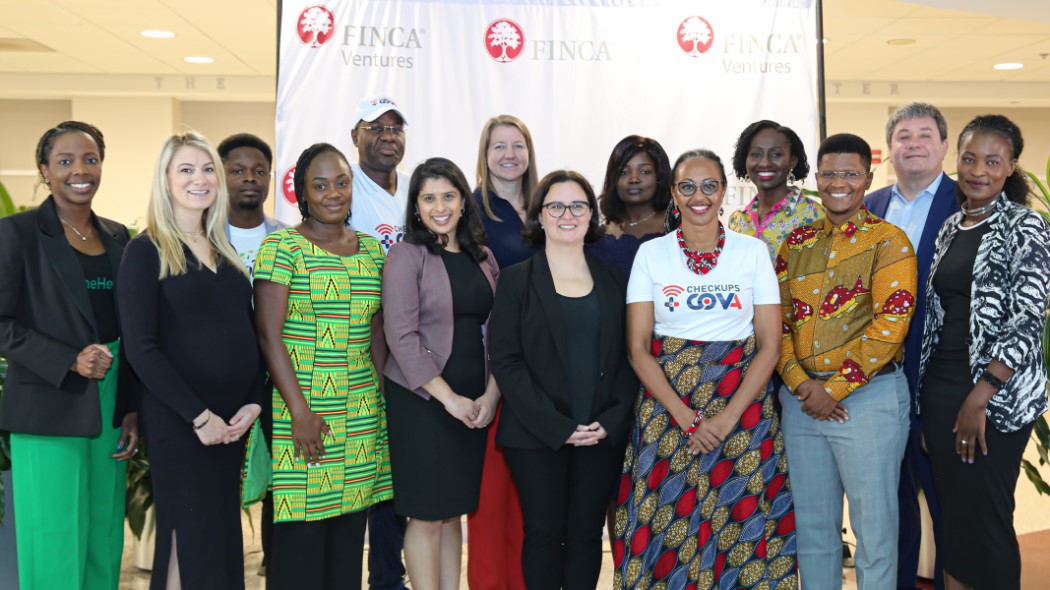This article is part of “Investing in Racial Equity,” an ImpactAlpha series in partnership with Living Cities that explores how foundations and financial institutions can deploy capital to close racial wealth gaps and create opportunities in America’s cities.
Here’s one thing Living Cities has learned about investing to improve the economic lives of the poor: Poverty and racism are inextricably linked. Investing in economic justice means investing in racial justice.
Living Cities’ $37 million Blended Catalyst Fund is putting this lesson into practice.
We are changing who writes checks. Most bankers and fund managers are white, while people of color are denied access to credit at twice the rate of white applicants. To overcome implicit (and explicit) biases perpetuating this reality, the Blended Catalyst Fund backs fund managers of color.
Apply a racial lens, and other lessons from Living Cities’ impact investments
We are testing alternative ways of underwriting by investing in organizations that change how risk is assessed. The five C’s of credit – capacity, capital, conditions, character and collateral – tie creditworthiness to income and wealth, which have historically been denied to communities of color. We are investing in organizations that have developed new methodologies for assessing risk, with an eye towards expanding access to credit for people of color.
For Living Cities, this investment approach didn’t happen overnight. It is the result of decades of experience and learning to ask the right questions. While we still have a long way to go and grow as an organization, we believe our commitment to economic and racial justice is a step in the right direction.
The why
We ask very different questions now at Living Cities than we did five years ago. Living Cities was established in 1991 to improve the lives of low income people in US cities. However, after two decades of hard work and the best of intentions, we realized we weren’t having as much impact as we wanted to have.
About five years ago, prompted by the multiple police shootings of young black men and the courage of a group of staff members of color to challenge our leadership’s perspective, we began to have difficult conversations internally about how we think about race within our work.
Adapt to changing needs, and other lessons from Living Cities’ Pay for Success investments
We realized we needed to interrogate our approach, individually and organizationally, and ask ourselves questions like “Are we diagnosing the problems correctly? What are the root causes of the problems we’re trying to solve? Are we clear about the results we want to achieve?”
It became obvious that we were taking a race-neutral approach to a race-based problem. We were not clear about the results we wanted to achieve.
Over the last few years, we have been on a journey. We are building racial equity competencies as staff members and as an organization. We are also applying those competencies to our organizational results in a way that holds us accountable.
The pivot
Over the history of Living Cities, we have talked about what we are trying to achieve and our desired results in several ways. We started with “Improve the lives of low income people,” but weren’t clear about what “improvement” looked like.
Then we moved to “Improve the economic well-being of low-income people.” But again, a race neutral result allows for race neutral strategies that were not sufficiently effective. In 2016, on our 25th anniversary, we made the public commitment to focus our work on closing racial income and wealth gaps in U.S. cities.
We had to ask ourselves why those racial income and wealth gaps exist. In looking at the data, racial disparities exist in every indicator of well-being and in every city in the US for people of color, and are largest between white and Black populations. The gaps around income and wealth are particularly staggering. Why? As you dig into the root causes, it becomes glaringly obvious that it goes back to the history and ongoing legacy of racism our country was built on. We believe the socio-economic results we see today are the results our system was designed to produce.
Once we had internalized this information, we had to pivot our approach. Five years later, we are a very different organization than we used to be. Now, we are committed to economic justice and racial justice, with the core belief that poverty and racism are inextricably linked and are both systems that oppress and disempower. As part of that evolution in thinking, we ask a very different set of questions when doing our work.
The lens
Living Cities has two impact investment funds. Our second fund, the Blended Catalyst Fund, recently changed its impact focus, from improving economic security for low income people by driving innovation and financial leverage, to closing racial wealth gaps by supporting the creation of income and wealth for people of color in U.S. cities.
We frequently get the question: How do you do that? How do you embed a racial equity analysis in your impact investment activities? It requires being honest about what is broken within our capital markets.
One thing that is broken is that the people in power – those who make decisions about who gets access to capital and who does not – are largely white. Their networks, biases, and assumptions perpetuate a system where people of color are denied access to credit at twice the rate of white applicants. Hence, we want to use our capital to invest in people of color who are making decisions about how capital flows.
Another major issue is the misperception of risk associated with of people of color. If we only use existing underwriting methodologies, we are perpetuating existing disparities, because income and wealth (assets) are largely the basis for determining credit worthiness. Given that racial income and wealth gaps exist, we must develop different ways of underwriting risk or we will perpetuate the current disparate access to capital that keeps organizations led by people of color from starting and growing. We are using our capital to test out different ways of underwriting risk with the goal of proving out new models others can adopt.
The questions
To determine which investments we make, we start by asking ourselves a series of questions whenever we evaluate a new transaction. These questions include:
- Will this investment create more access to capital for organization(s) that have people of color in positions of power, as owners, management or on the board?
- Will this investment go toward organizations that deliberately employ and support people of color?
- Will this investment support organizations that create products and services for low income people of color that enable them to build income and wealth?
- Will this investment support organization(s) that focus on populations with multiple and intersectional identities that result in added layers of oppression – like women of color or people of color with disabilities – on the assumption that our systems are most broken for them?
- Is this an organization that demonstrates an “innovation for the market” in how they achieve these racial equity goals?
- Is this an organization in which he management team understands our goals around racial equity? Are they willing to track and report on social metrics related to income and wealth, disaggregated by race?
- Can we build a relationship with this organization such that Living Cities can learn about what it takes to drives capital to entrepreneurs and communities of color?
Our due diligence process for any new transaction begins with these questions, to ensure economic security and racial equity are front and center of our impact investing activities.
By asking the right questions, of ourselves and our partners, we believe we will know if we are creating the long-term social change we want to see.
Ellen Ward is the chief of staff and Brinda Ganguly is the managing director of the Catalyst Loan Funds at Living Cities.











